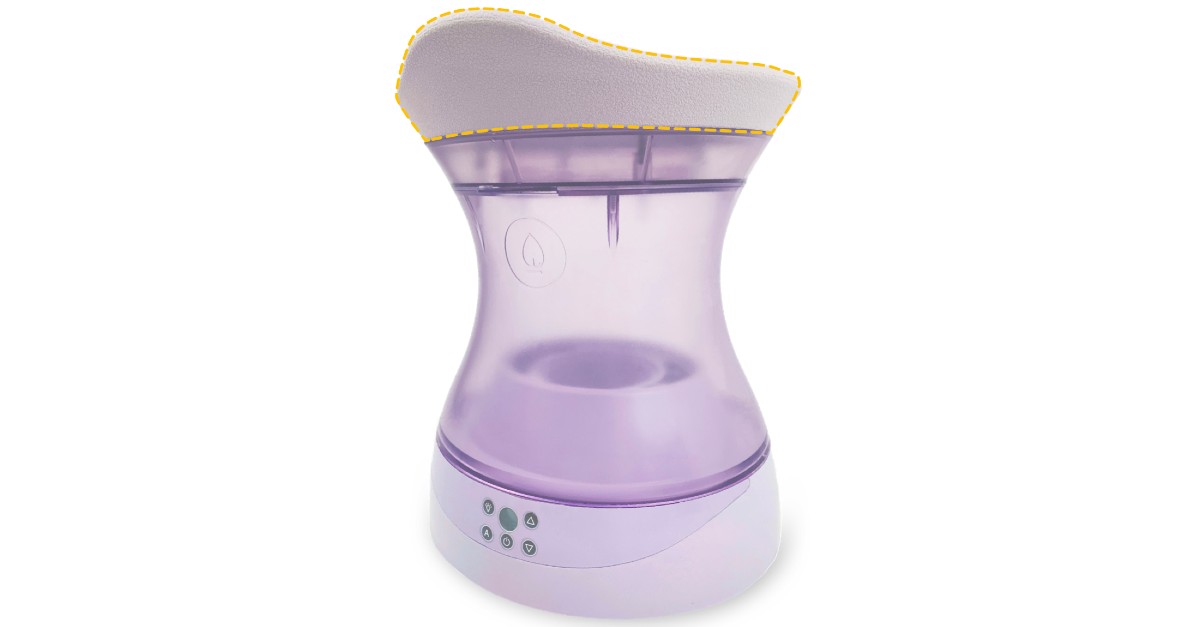

Articles
What Is A Vagina Steamer
Modified: August 26, 2024
Discover articles about the benefits and risks of vaginal steaming, and why it has gained popularity among some women. Dive into the world of holistic healthcare and self-care practices.
(Many of the links in this article redirect to a specific reviewed product. Your purchase of these products through affiliate links helps to generate commission for Storables.com, at no extra cost. Learn more)
Introduction
Welcome to the world of vaginal steaming! In recent years, this ancient practice has gained popularity as a wellness trend. But what exactly is vaginal steaming, and why are so many women turning to it?
Vaginal steaming, also known as Yoni steaming or V-steam, is a natural remedy that involves sitting or squatting over a pot of steaming water infused with herbs. This steam is directed towards the vagina, allowing the herbal properties to be absorbed by the vaginal tissues.
The practice of vaginal steaming is not new. It has been used for centuries in various cultures around the world, particularly in Africa, Asia, and Latin America. In these cultures, it is considered a traditional remedy to promote women’s health and treat a variety of gynecological issues.
Nowadays, vaginal steaming has gained traction in the wellness community, with many proponents claiming a wide range of benefits. From enhancing fertility to relieving menstrual cramps, the potential advantages of vaginal steaming are attracting a lot of attention.
However, as with any health practice, it is important to approach vaginal steaming with caution. While it may provide certain benefits, there are also risks and potential side effects to consider. It’s important to have a comprehensive understanding of vaginal steaming before deciding to try it.
In this article, we will delve into the world of vaginal steaming, exploring its history, potential benefits, risks, and how it works. We will also touch on the different methods of vaginal steaming and discuss who should avoid this practice.
So, if you’re curious about vaginal steaming and want to learn more, keep reading to discover the ins and outs of this ancient yet trendy wellness practice.
Key Takeaways:
- Vaginal steaming, an ancient practice, offers potential benefits like menstrual relief and hormonal balance. However, it’s crucial to approach it with caution and consult a healthcare professional before trying it.
- While vaginal steaming has gained popularity, it’s important to recognize that it’s not a substitute for medical treatment. Safety, hygiene, and individual health considerations should be top priorities when considering this practice.
Read more: What To Cook In A Steamer
Definition of Vagina Steaming
Vagina steaming, also known as V-steam or Yoni steaming, is a natural therapy that involves directing steam towards the vaginal area using a combination of warm water and medicinal herbs. The practice is based on the belief that the steam can penetrate the vaginal tissues, promoting cleansing, healing, and overall well-being.
To perform vaginal steaming, a woman typically sits or squats over a specially designed steaming pot or stool. The pot is filled with a blend of hot water and herbs that are known for their therapeutic properties. As the steam rises from the pot, it envelops the vaginal area, allowing the medicinal properties of the herbs to be absorbed.
The specific herbs used in vaginal steaming vary, but they often include ingredients such as chamomile, rosemary, mugwort, lavender, and calendula. These herbs are chosen for their antibacterial, antifungal, and anti-inflammatory properties, as well as their ability to promote circulation and balance hormones.
While the exact origins of vaginal steaming are unclear, it has been used for centuries in different cultures around the world. In traditional African, Asian, and Latin American medicine, vaginal steaming is considered a holistic practice that supports women’s reproductive health.
It’s important to note that vaginal steaming is not a medical treatment or a replacement for professional medical care. It is considered a complementary therapy that can be used alongside traditional medical interventions. If you have any specific gynecological or reproductive health concerns, it’s essential to consult with a healthcare provider before attempting vaginal steaming.
In the next section, we will explore the historical roots of vaginal steaming and how it has been used in different cultures throughout history.
History of Vagina Steaming
The practice of vaginal steaming has a long and rich history that dates back centuries. It has been used in various cultures around the world as a traditional remedy for women’s health issues and as a way to maintain reproductive wellness.
One of the earliest documented accounts of vaginal steaming comes from ancient Mayan civilization in Central America. The Mayans believed that vaginal steaming, known as “Bajos,” was a sacred ritual that provided physical and spiritual purification. They used a combination of medicinal plants and steam to cleanse the vagina and balance the body’s energy.
In Africa, vaginal steaming has been practiced for generations. In different African countries, such as Ghana, South Africa, and Mozambique, vaginal steaming is considered an essential part of postpartum care. It is believed to help cleanse and heal the uterus after childbirth, promote lactation, and restore balance to the reproductive system.
In Traditional Chinese Medicine, vaginal steaming, referred to as “Chai-yok,” has been practiced for centuries. It is believed to improve blood circulation, nourish the reproductive organs, and balance the Yin and Yang energies in the body. Chinese herbalists use a combination of herbs such as mugwort, ginseng, and dong quai to create steam for vaginal treatments.
Throughout history, vaginal steaming has also been practiced in other cultures, including Korea, Japan, and India. In Korea, it is known as “Chai-yok” and is often performed in special spas called “jjimjilbang.” In India, it is referred to as “Vaginal Sitz Bath” and is believed to have numerous health benefits, particularly for postpartum healing.
While traditional practices of vaginal steaming have been passed down through generations, the modern resurgence of interest in vaginal steaming can be attributed to the work of holistic health practitioners and celebrities. They have brought attention to this ancient practice and its potential health benefits.
Today, vaginal steaming has gained popularity as a holistic therapy to support women’s reproductive health, alleviate menstrual discomfort, and promote overall well-being. However, it is important to approach vaginal steaming with an understanding of its cultural roots and use it responsibly alongside conventional medical care.
In the next section, we will explore the potential benefits of vaginal steaming and how it is believed to promote women’s health.
Benefits of Vagina Steaming
Vagina steaming, also known as Yoni steaming or V-steam, advocates believe that it offers a range of potential benefits for women’s reproductive health and overall well-being. While scientific research on the topic is limited, anecdotal evidence and traditional wisdom suggest that vaginal steaming may provide the following advantages:
- Menstrual Relief: Many women report experiencing relief from menstrual symptoms such as cramps, bloating, and heavy bleeding after incorporating vaginal steaming into their wellness routine. The warmth of the steam is believed to promote blood flow, relax the pelvic muscles, and alleviate discomfort.
- Hormonal Balance: Vaginal steaming is thought to help balance hormones by stimulating circulation in the pelvic area. This may be particularly beneficial for women experiencing hormonal imbalances, irregular periods, or symptoms of menopause.
- Postpartum Healing: In some cultures, vaginal steaming is considered an integral part of postpartum care. It is believed to support healing and toning of the birth canal, reduce swelling and inflammation, and promote overall recovery after childbirth.
- Fertility Support: Advocates of vaginal steaming suggest that it can enhance fertility by increasing blood flow to the reproductive organs, promoting a healthy uterine lining, and helping to regulate the menstrual cycle.
- Vaginal Cleansing: Vaginal steaming is believed to help cleanse the vagina by flushing out toxins and impurities. It is thought to promote a healthy pH balance and reduce the risk of vaginal infections.
- Stress Relief: The relaxation and self-care aspect of vaginal steaming can have a positive impact on mental and emotional well-being. Taking time for oneself, finding a quiet space, and engaging in the soothing ritual of vaginal steaming can help reduce stress and promote a sense of calm.
It is important to note that individual experiences may vary, and the benefits mentioned above are based on anecdotal evidence and traditional knowledge. Vaginal steaming is not a substitute for medical diagnosis or treatment, and women should consult with a healthcare professional if they have specific concerns or conditions.
Coming up, we will explore the potential risks and side effects associated with vaginal steaming, and how to approach this practice safely.
Potential Risks and Side Effects of Vagina Steaming
While vaginal steaming is generally considered safe for most women, there are potential risks and side effects to be aware of. It is important to approach vaginal steaming with caution and take necessary precautions to avoid any adverse reactions. Here are some potential risks and side effects:
- Burns or Discomfort: The steam used in vaginal steaming can be hot, and if not careful, it may cause burns or discomfort. It is crucial to test the temperature of the steam before starting the process and to maintain a safe distance from the steaming pot to prevent any accidental burns.
- Disruption of Vaginal pH Balance: The vagina has its own unique pH balance, which helps protect against infections. Excessive or prolonged steaming can disturb this delicate balance, leading to vaginal dryness, itching, and an increased risk of infection.
- Overstimulation of Blood Flow: While increased blood flow is often considered a benefit, excessive stimulation in the pelvic area may cause increased menstrual flow or bleeding in some women. This can be problematic for individuals with heavy periods or conditions such as endometriosis.
- Allergic Reactions: Some women may have allergies or sensitivities to certain herbs used in vaginal steaming. It is important to research and select herbs that are safe for use and perform a patch test before beginning a full steam session.
- Pregnancy Concerns: Pregnant women should avoid vaginal steaming, especially during the first trimester. The rise in body temperature during steaming can potentially harm the developing fetus and increase the risk of complications. It is always best to consult with a healthcare provider before attempting any new practices during pregnancy.
It is essential to remember that the information provided here is not exhaustive, and individual experiences may vary. To ensure safety, it is advisable to consult with a healthcare professional before trying vaginal steaming, particularly if you have any underlying health conditions or concerns.
Next, we will delve into how vaginal steaming works and the different methods commonly used.
Vaginal steaming, also known as yoni steaming, involves sitting over a pot of steaming water infused with herbs. It’s claimed to have benefits such as reducing menstrual cramps and promoting overall vaginal health. However, it’s important to consult with a healthcare professional before trying it.
Read more: What Is A Flower Steamer
How Vagina Steaming Works
Vagina steaming works by utilizing the power of steam and medicinal herbs to provide potential therapeutic effects for the vaginal area. The process involves directing warm steam towards the vagina, allowing the herbal properties to infuse the vaginal tissues.
When performing vaginal steaming, a woman typically sits or squats over a pot or stool specially designed for steaming. The pot is filled with hot water and a selection of herbs known for their healing properties. The steam rises from the pot, enveloping the vaginal area and allowing the medicinal properties of the herbs to be absorbed.
Steam has several potential benefits when it comes to vaginal health. The warmth of the steam can help increase blood circulation in the pelvic area, promoting relaxation and reducing discomfort. It may also help dilate blood vessels and stimulate the production of collagen, potentially assisting with tissue repair and healing.
The herbal infusion used in vaginal steaming plays a crucial role in providing additional therapeutic effects. Different herbs are selected for their specific properties. For example, chamomile and lavender are known for their calming and soothing qualities, while rosemary and sage are believed to have antimicrobial and anti-inflammatory properties.
When the steam carries the herbal essence, it is thought to be absorbed by the vaginal tissues. The vaginal lining is highly permeable, allowing the beneficial compounds from the herbs to be absorbed directly into the bloodstream, potentially reaching the reproductive organs and promoting their health and well-being.
It is important to recognize that scientific research on the efficacy of vaginal steaming is limited, and the mechanisms by which it may provide benefits are not yet fully understood. The reported benefits and effects are primarily based on anecdotal evidence and traditional knowledge.
As with any wellness practice, it’s crucial to approach vaginal steaming with caution and make informed decisions. If you’re considering vaginal steaming, it is advisable to consult with a healthcare provider to ensure it is safe for you and your individual circumstances.
In the next section, we will explore the different methods of vaginal steaming commonly used today.
Popular Vagina Steaming Methods
Vagina steaming, also known as Yoni steaming or V-steam, can be performed using different methods and variations. Here are some popular methods of vaginal steaming:
- Traditional Steam Saunas: In some cultures, women practice vaginal steaming in traditional steam saunas or communal baths. These saunas are often built with special features to facilitate the steaming process, such as seating designed to allow the steam to directly reach the vaginal area.
- Steam Chairs or Stools: Steam chairs or stools are specially designed seats that allow for comfortable positioning during vaginal steaming. They typically have an opening or hole in the center to enable the steam to reach the vaginal area while providing support and stability.
- Steam Baths or Tents: Steam baths or tents are portable options that create a contained space for vaginal steaming. They are designed to enclose the lower body, allowing the steam to circulate and concentrate in the vaginal area. These portable options offer flexibility and convenience.
- Steam Kits: Many companies offer vaginal steam kits that include a combination of herbs specifically formulated for steaming. These kits typically come with detailed instructions and can be used with a steam chair, stool, or other steaming setups.
- DIY Steam Setups: For those who prefer a DIY approach, it is possible to create a vaginal steaming setup at home using common household items. This might involve using a large pot with a lid, adding herbs to hot water, and then carefully sitting over the pot to allow the steam to rise and be absorbed.
Regardless of the method chosen, it is crucial to ensure safety and hygiene during vaginal steaming. Here are some important guidelines to keep in mind:
– Use only organic or wildcrafted herbs specifically intended for vaginal steaming.
– Test the temperature of the steam before starting the session to avoid burns.
– Maintain a safe distance from the hot water or steaming source to prevent accidental injuries.
– Avoid vaginal steaming if you are pregnant or menstruating, as it may have adverse effects.
– Perform vaginal steaming sessions in a comfortable, quiet, and private environment to promote relaxation.
It is always a good idea to consult with a healthcare professional before attempting vaginal steaming to ensure it is safe for your individual circumstances. They can provide guidance, address any concerns, and advise on the best approach for you.
Next, we will discuss who should avoid vaginal steaming and when it is not recommended.
Who Should Avoid Vagina Steaming
While vaginal steaming may have potential benefits for some women, there are certain situations and conditions in which it is not recommended. It is essential to be aware of these circumstances and consult with a healthcare professional before attempting vaginal steaming. Here are some situations in which it is advised to avoid vaginal steaming:
- Pregnancy: Pregnant women should avoid vaginal steaming, especially during the first trimester. The rise in body temperature during steaming can potentially harm the developing fetus and increase the risk of complications. It is always best to consult with a healthcare provider before attempting any new practices during pregnancy.
- Menstruation: It is generally recommended to avoid vaginal steaming while menstruating. The additional warmth and increased blood flow to the pelvic area may intensify menstrual bleeding and cramping, which can be uncomfortable for some women.
- Infections or Open Wounds: If you have any active infections, such as yeast infections or urinary tract infections, or if you have any open wounds or sores in the genital area, it is best to avoid vaginal steaming. Steam can potentially worsen or spread infections and slow down the healing process.
- IUD or Birth Control Device: If you have an intrauterine device (IUD) or any other birth control device implanted in the uterus, it is advisable to avoid vaginal steaming. The steam and increased blood flow may affect the positioning or effectiveness of the device.
- Recent Surgery or Injury: If you have had recent surgery or have an injury in the genital area, it is recommended to avoid vaginal steaming until you have fully healed. Steam and heat may cause discomfort or slow down the healing process.
It is important to remember that everyone’s situation is unique, and individual medical conditions and considerations may affect the suitability of vaginal steaming. If you have any specific health concerns or conditions, it is best to consult with a healthcare professional before attempting vaginal steaming.
Now that we have explored who should avoid vaginal steaming, let’s summarize the key points discussed in this article.
Conclusion
Vaginal steaming, also known as Yoni steaming or V-steam, is an ancient practice that has gained popularity as a wellness trend in recent years. This natural therapy involves directing steam infused with medicinal herbs towards the vaginal area, with the belief that it can promote women’s reproductive health and overall well-being.
While vaginal steaming has a long history and is considered a traditional remedy in many cultures, it is important to approach this practice with caution and a comprehensive understanding. While some women report experiencing benefits such as menstrual relief, hormonal balance, and postpartum healing, the efficacy of vaginal steaming is primarily based on anecdotal evidence.
It is crucial to recognize that vaginal steaming is not a substitute for medical diagnosis or treatment. It is considered a complementary therapy that can be used alongside traditional medical care. If you have specific gynecological or reproductive health concerns, it is essential to consult with a healthcare professional before trying vaginal steaming.
When practicing vaginal steaming, it is important to take necessary precautions to ensure safety and hygiene. Testing the temperature of the steam, using organic or wildcrafted herbs, and maintaining a comfortable and private environment are all crucial steps to follow.
It’s also important to be aware of the potential risks and side effects associated with vaginal steaming, such as burns, disruption of vaginal pH balance, and overstimulation of blood flow. Avoiding vaginal steaming during pregnancy, menstruation, infections, and after recent surgeries or injuries is advisable.
In conclusion, vaginal steaming is a personal decision that should be made with knowledge, understanding, and guidance from healthcare professionals. If you decide to try vaginal steaming, do so responsibly and be mindful of your own body and its unique needs. Remember that what works for one person may not work for another, and it is important to listen to your own body’s cues and seek medical advice when needed.
Ultimately, the choice to explore vaginal steaming should be driven by your own comfort, personal beliefs, and informed decision-making. As with any health practice, it is important to prioritize your well-being and make choices that align with your individual needs and values.
Frequently Asked Questions about What Is A Vagina Steamer
Was this page helpful?
At Storables.com, we guarantee accurate and reliable information. Our content, validated by Expert Board Contributors, is crafted following stringent Editorial Policies. We're committed to providing you with well-researched, expert-backed insights for all your informational needs.
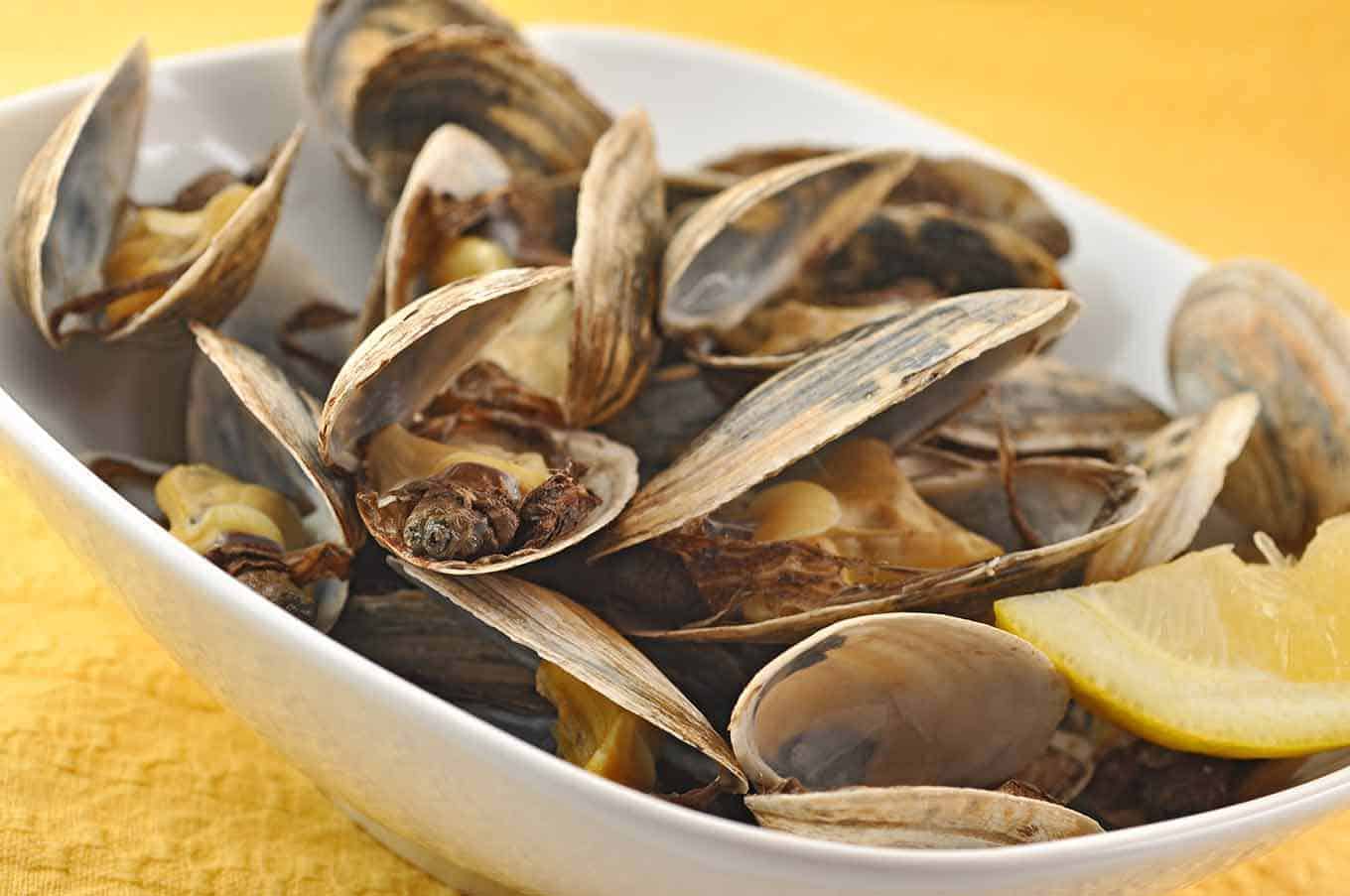

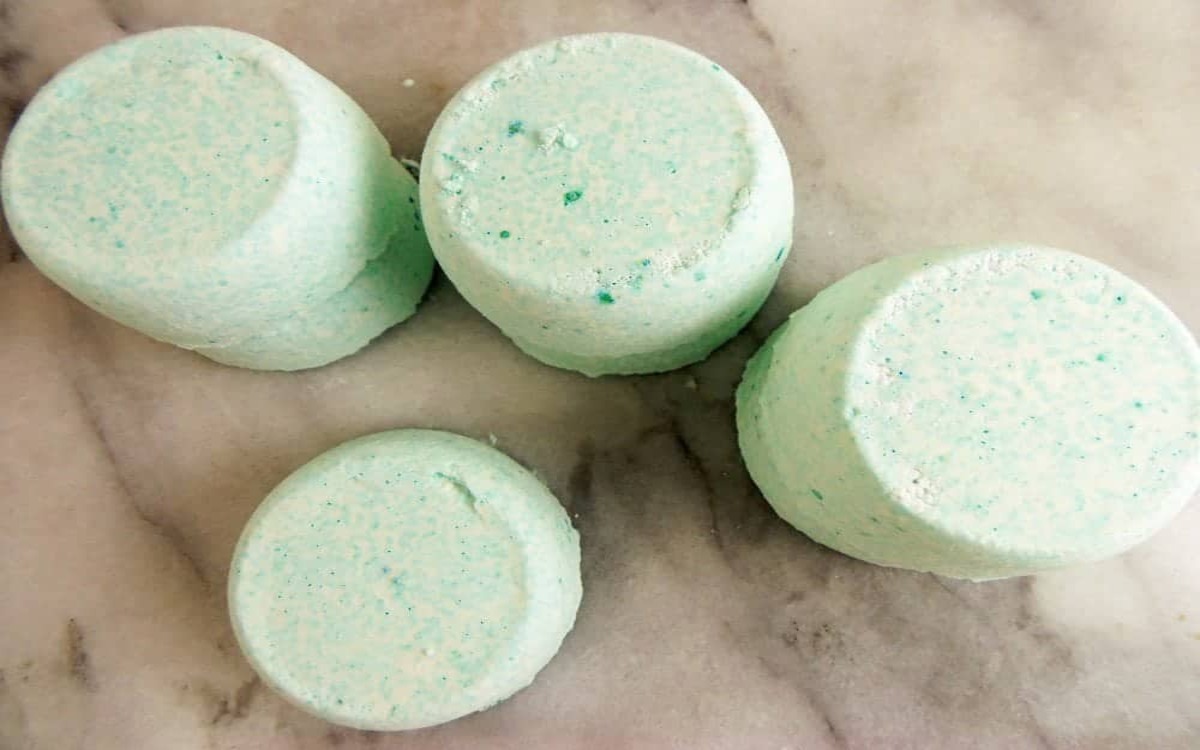
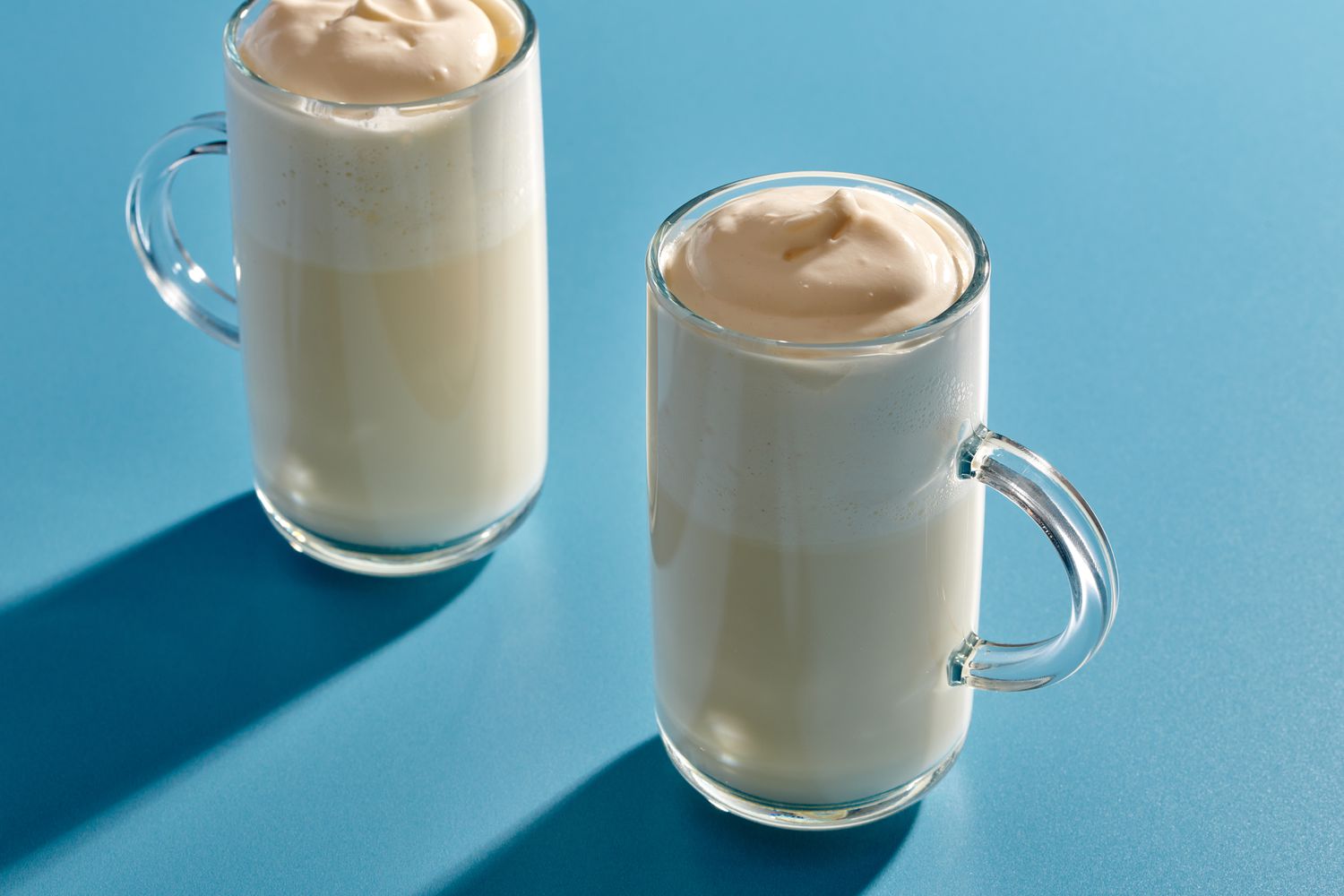

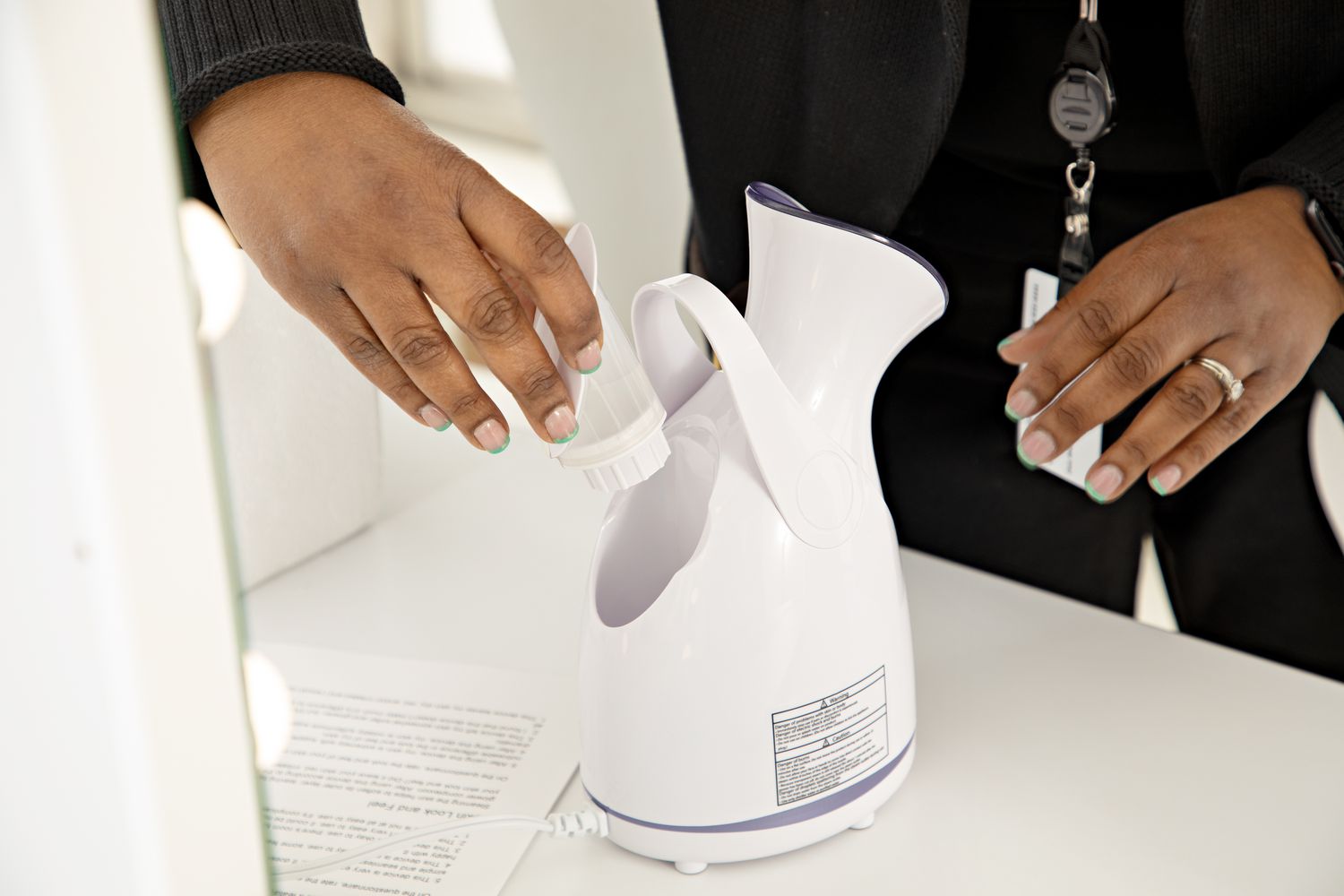
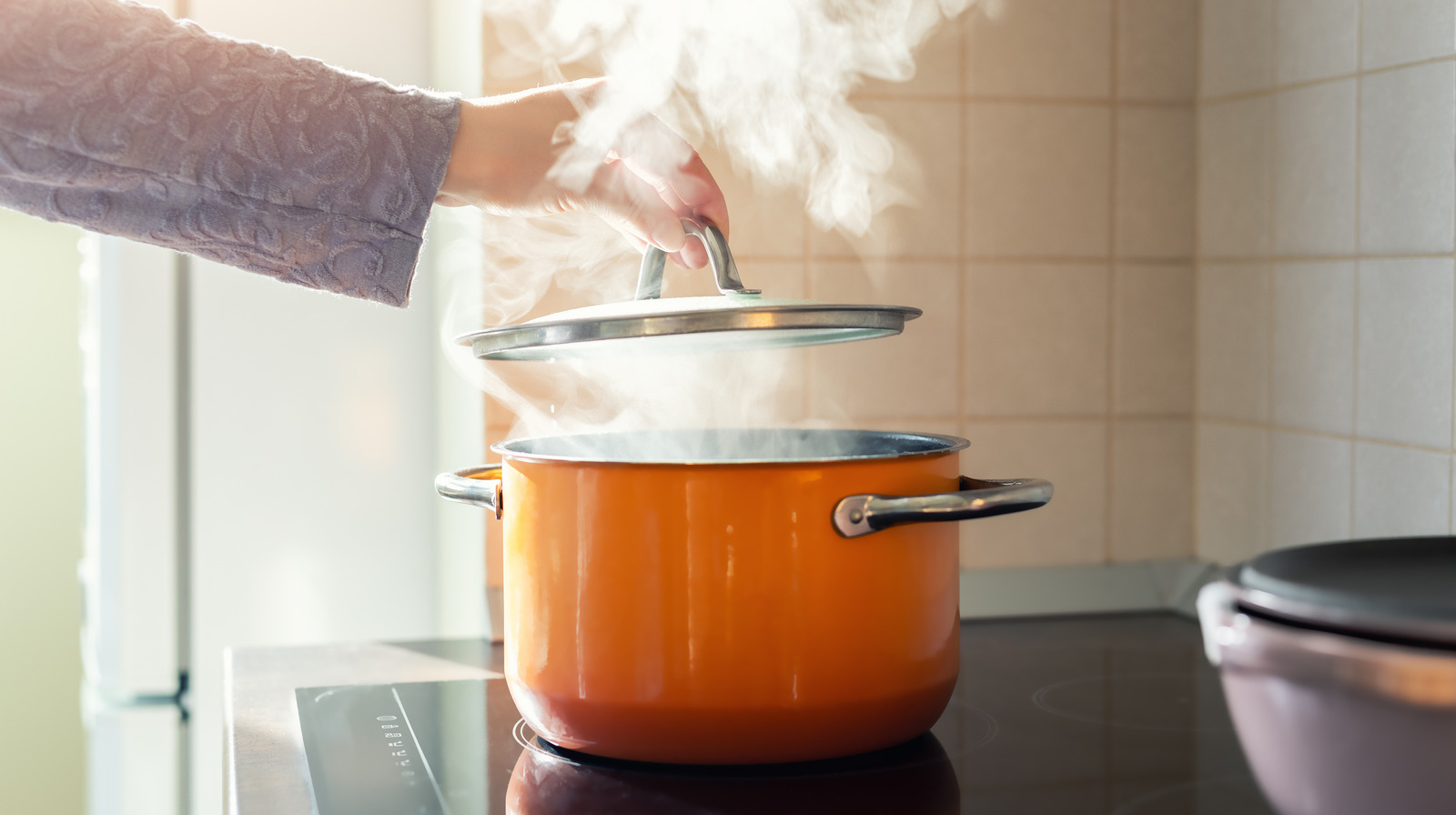



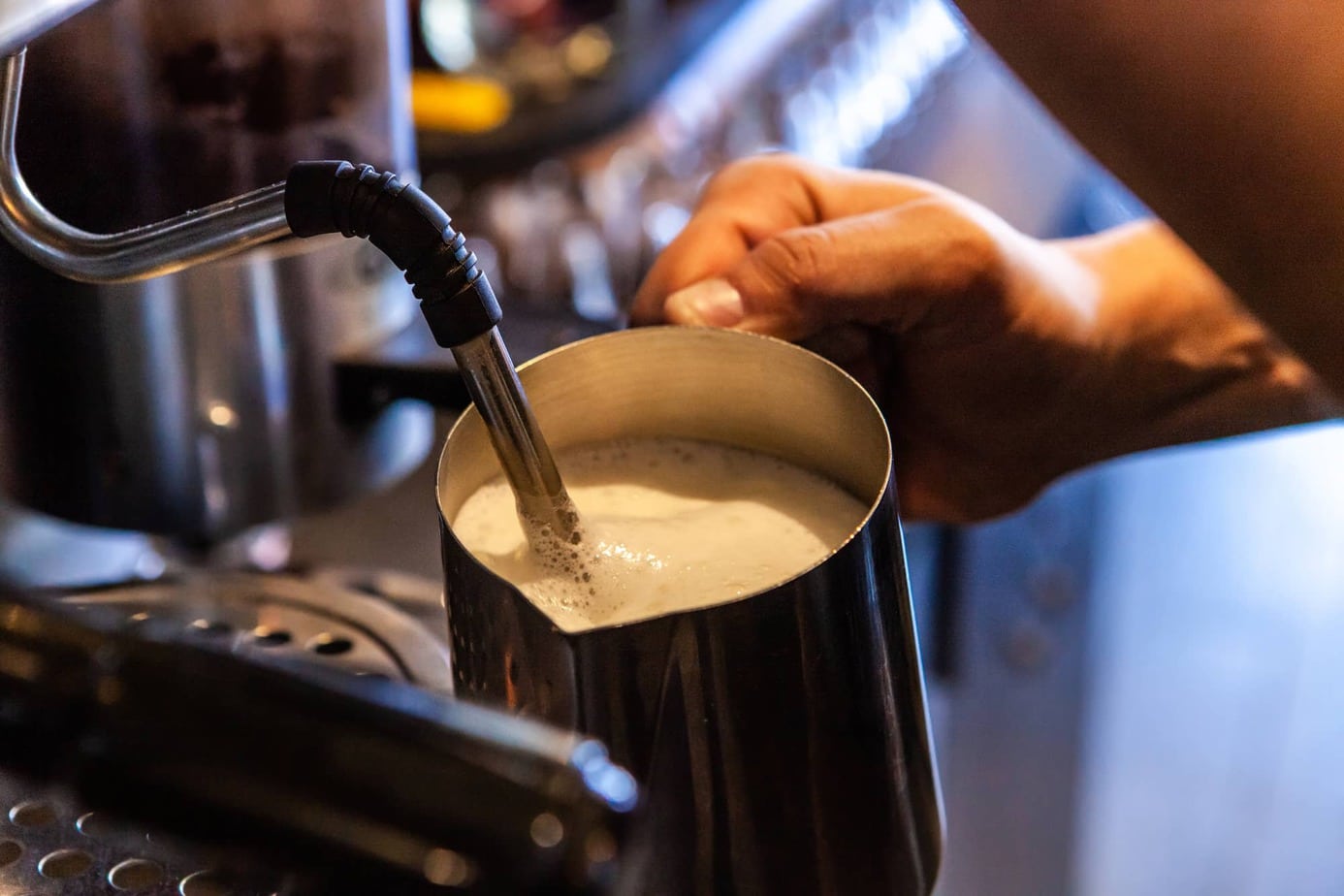
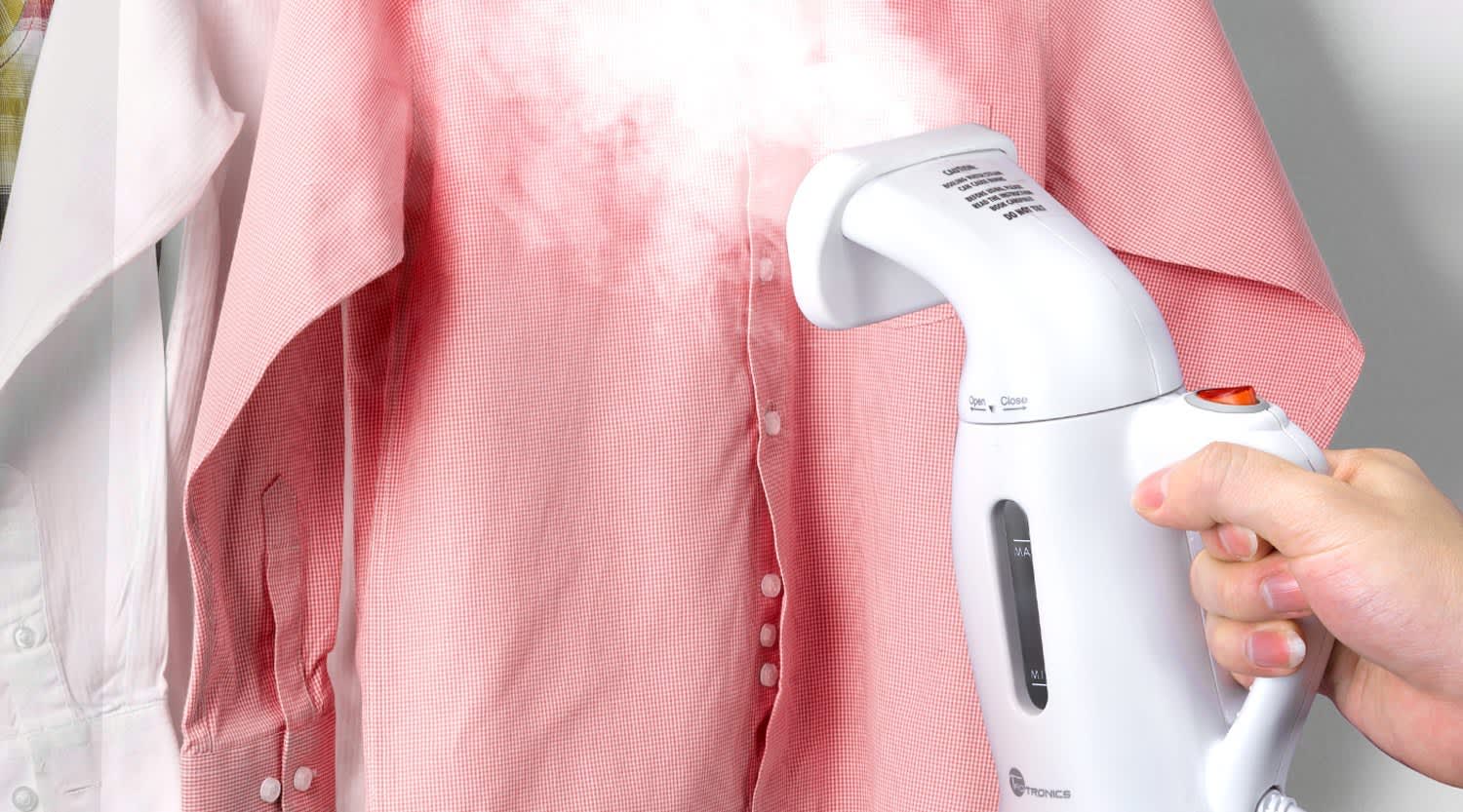



0 thoughts on “What Is A Vagina Steamer”